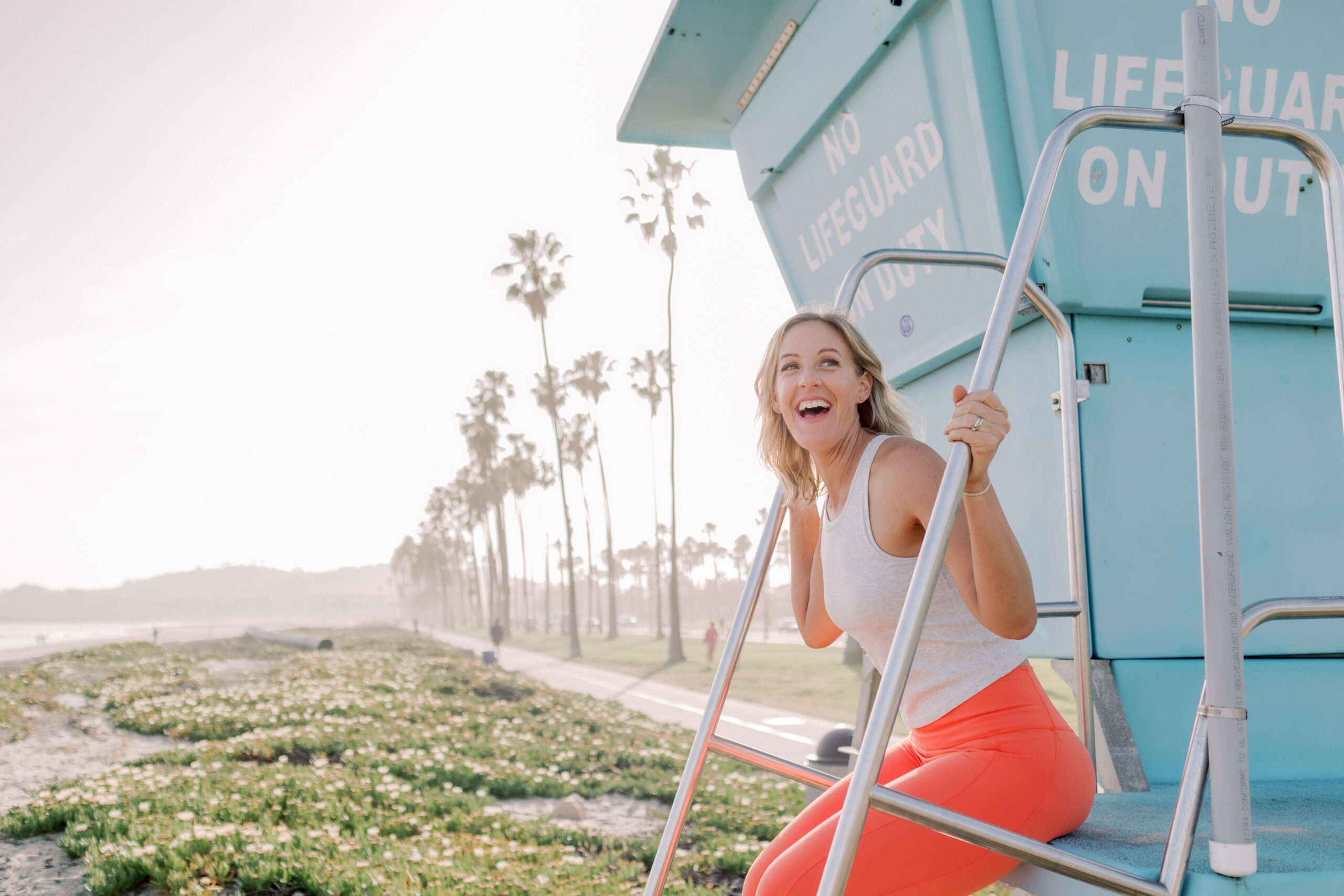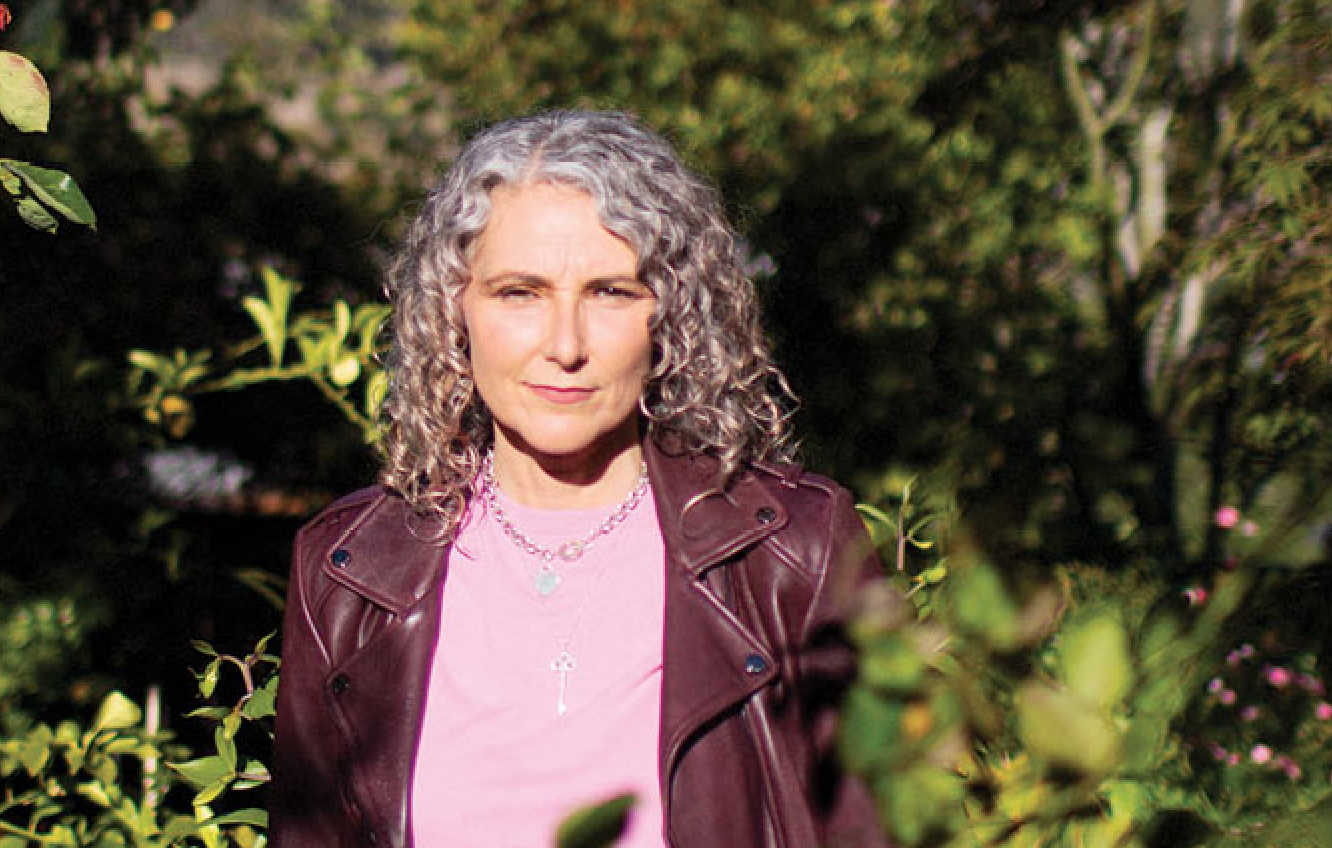
Ovarian cancer is the fifth leading cancer-causing death among women and people with ovaries in the United States today, accounting for more deaths than any other cancer of the female reproductive system. Each year, approximately 21,410 women will receive a new diagnosis, and roughly 13,770 women will die from ovarian cancer, according to the American Cancer Society.
These numbers are certainly grim, but there is an innovative femtech company that is working to reduce the rates of death by 50%, by focusing on early detection. AOA is a Boston-based startup developing the first non-invasive ovarian cancer diagnostic liquid biopsy test. AOA (an acronym for the initials of all three founders) is working in close collaboration with world leading cancer researcher Professor Uri Saragovi, at McGill University to bring the technology to market.
Currently, 80% of ovarian cancer patients are diagnosed too late, resulting in a very low 5 year survival rate. AOA’s technology is set to revolutionize ovarian cancer diagnostics, by helping patients detect ovarian cancer at stage I or II, instead of stage III or IV which is what commonly happens. This is because of the long process of detection, which is what AOA is looking to change. Their proof-of-concept cohort demonstrates high accuracy across all cancer stages. The current standard method of diagnosing ovarian cancer (CA-125) misses 12 out of 100 patients. AOA’s technology detects 58% more patients with cancer.
The fact that ovarian cancer deaths could be drastically cut in half simply by earlier detection and innovation in the space speaks volumes about how our current technology and medical systems do not place as much value on women’s health as men. Coupled with abysmal rates of venture capital funding for women-led companies, and it becomes a perfect storm of invisibility and disparity.
We spoke with AOA co-founder Oriana Papin-Zoghbi (the “O” in AOA!) about how the idea first came about, the challenges the company has faced in terms of getting funding, and how they are working to change the status quo for many women across the United States.

Tell us about your background in women’s health, and what it was about women’s care vs men’s that you saw?
I started my career in Women’s Health during college as an intern at a Women’s Health diagnostics company and have stayed in the space ever since. I have worked at both startups and large life sciences companies alike and have always focused on improving access to medical testing for women all over the world. While I was working in the Middle East and Africa, it was always so shocking to me how discouraged it was to focus on products for women.
It was almost taboo to discuss things like HPV testing or cervical cancer because it was considered shameful for women to have such diseases. I have spent my career challenging the status quo and bringing to light the importance of focusing on diseases that disproportionally affect women. We make up over 50% of the global population yet receive less than 10% of all funding to solve medical problems that affect women.
Why did you decide to focus on ovarian cancer, and what are some of the major stats around this disease people need to know about?
Ovarian cancer is the 5th leading cause of cancer deaths amongst women and 80% of the time, it is caught when it is already at stage III or stage IV where the 5-year survival rate is less than 30%. The disease is so incredibly challenging for women to cope with as the symptoms are non-specific and there is no actual diagnostic test available today to detect the disease early. All three of us on the team have a personal connection to ovarian cancer, be it a family member or friend that we have seen go through the challenging journey. We decided to work on this because there is currently nothing available for women to get diagnosed quickly and accurately and actually give them a fighting chance at survival.

How did the idea for AOA come about, and how was it created and funded?
AOA started as the three of us (Anna, Oriana & Alex) wanting to develop another women’s health product. We had been working together for the last 9 years, through multiple startups and companies focused on bringing to market products that specifically serve women. When the last company we worked on exited in 2018, the three of us got back together again and went on the hunt for the next women’s health problem we wanted to try and solve. 2019 was an incredible year – we explored so many different disease areas and inventions, with lots of highs and lows as we tried to build a business.
None of us are scientists so we relied primarily on scouting patents, university tech transfer offices and publications. In late 2019, one of our advisors introduced us to Prof. Saragovi who was working on a novel invention to diagnose ovarian cancer. Throughout 2020, we really dug into the research, set up the company, invested our own money to file patents and were awarded some grants to complete our proof-of-concept study. We are now officially raising our Seed round and really excited to develop the product further.
How does it compare to what is currently on the market?
Today, doctors rely heavily on a blood test called CA-125. The challenge with CA-125 is that it is not specific to ovarian cancer and is actually used to try and diagnose a variety of diseases, including endometriosis and pelvic inflammatory diseases. The symptoms for these diseases all look quite similar, which include abdominal pain, bloating & bleeding. When a woman presents to the doctor with these symptoms, she will typically get an ultrasound, pelvic exam and CA-125 test.
The challenge is that if CA-125 is elevated, the doctor has no way to know what is causing that. Is it ovarian cancer or endometriosis or something else? This often leads to a woman having to go through exploratory biopsy surgery as that is the only way to confirm a diagnosis of ovarian cancer. Over 90% of women that go through this surgery do not end up having a malignant mass. For most, that surgery could have been avoided entirely, as well as the emotional distress of going through months and months of trying to figure out if she had cancer or not.
What has the success rate been so far with your tests, and how do you plan on bringing the product to market?
In our proof-of-concept study, we are over 95% accurate in our ability to diagnoses ovarian cancer in women with signs and symptoms of the disease. We are developing a blood-based test that will be provided through doctors when a woman presents to the clinic or hospital. We have quite the journey ahead of us, including product development and going through the FDA process to get it approved in the US as well as internationally.

How will AOA potentially change the survival rate of ovarian cancer if more women have access to it?
Women that are diagnosed with stage III or IV ovarian cancer have a 28% survival rate, however women diagnosed at stage I or II have a 90% survival rate. In the US, it takes on average 36 weeks to diagnose ovarian cancer. This is time where the cancer is advancing and spreading. The goal with our blood test, AKRIVIS GDTM, is to be able to diagnose women accurately and quickly, without having to go through unnecessary surgeries, and actually catch the disease when it is still stage I or II and give these women a much higher change of survival.
Medical entrepreneurship and health tech is on the rise, but there is still so much disparity between funding given to female entrepreneurs. What kind of challenges have you and your team seen so far?
I read lately that female founders receive less than 3% of all venture funding, which is really disappointing. We’ve experienced this as we raise money where the majority of the people we pitch to are men who have rarely invested in female entrepreneurs. When I attend pitch competitions, I am usually the only woman amongst a group of 10 men presenting. I have heard comments that I won’t repeat where you just feel that this is a “boys club” that you are trying so hard to break into without putting yourself in an uncomfortable position. I even had one investor tell me that it was “concerning that I was of reproductive age”, implying that as a young female entrepreneur, the idea that I would be having children during the lifetime of a company would be an issue for the business.
How do you hope AOA will contribute to the larger movement to help especially women have more autonomy over their bodies in a country where it is not always guaranteed?
One of the saddest parts about ovarian cancer is the number of stories you hear of women saying they went to their doctor and explained their symptoms, but were dismissed or told to “come back again if the symptoms are persistent”. Ovarian cancer is so challenging to manage, and it isn’t that doctors don’t want to help, it is that they don’t have the tools to do so. Most women KNOW when something isn’t right, and over 85% seek medical care. Our goal is to provide the doctors with the right tools so they can diagnose and help these women quickly. We want women to feel heard and understood, and to be able to get answers when they know something isn’t right.
What is next for AOA and how can people find out more if they are interested?
We have an exciting year ahead of us, including a big announcement we will be making this summer! Right now, we are fund raising our Seed round and growing our team so we can continue with product development. To learn more, visit us at www.aoadx.com and also follow us on LinkedIn (https://www.linkedin.com/company/aoadx/?viewAsMember=true) and Twitter (https://twitter.com/AOA_Dx) for all our latest news and women’s health resources.

















